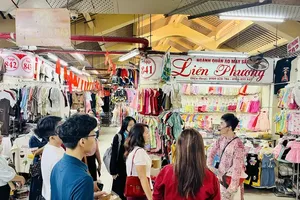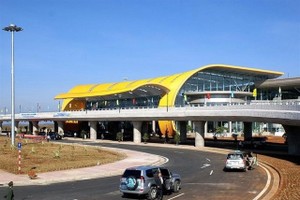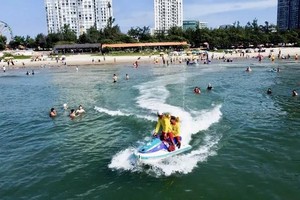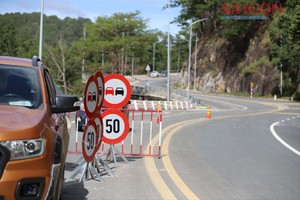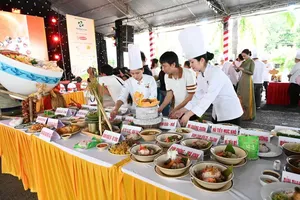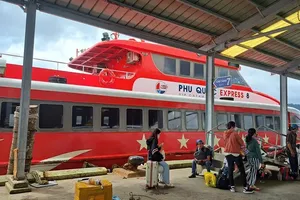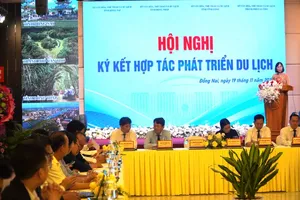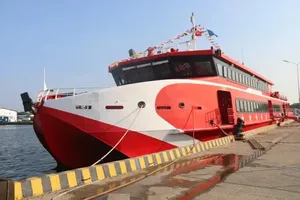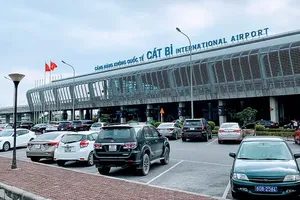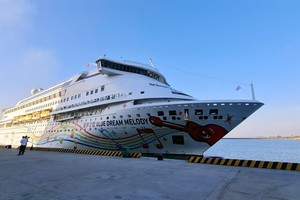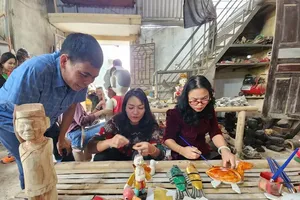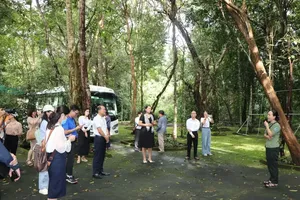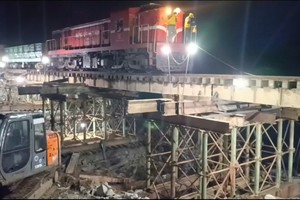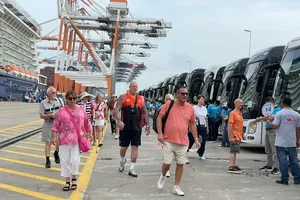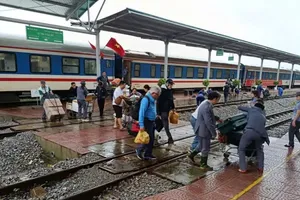
Ho Chi Minh City earned VND140.3 trillion (US$5.34 billion) in revenue from tourism in the January-July period, up 29.9 percent over the same period last year and fulfilling 54 percent of this year’s target, according to the municipal Department of Tourism.
In July alone, the city welcomed 695,930 international arrivals, surging 75.3 percent year-on-year. For the seven-month period, international visitors totalled 4.5 million, up 48 percent year-on-year.
Nearly 3.4 million domestic tourists visited the city this month, a 15 percent increase compared to the same period in 2024. The number stood at 21.7 million in the seven months, rising 8.2 percent year-on-year.
A representative of the Department of Tourism attributed the strong performance to the fact that the city now enjoys significant advantages from its administrative boundary expansion, resulting in a vast, diverse, and stable tourism market with high spending potential. The local population, including residents living, working, and studying across the new city, forms a substantial and well-segmented customer base with varied travel needs and behaviours.
Additionally, corporate groups, schools, and social organisations contribute a consistent flow of travellers year-round, primarily through events such as conferences, team-building activities, academic tours, and training courses. These groups provide a solid foundation for developing specialised tourism products tailored to specific themes, regions, and timeframes.
According to Le Truong Hien Hoa, Deputy Director of the municipal Department of Tourism, HCMC is gradually enhancing its network of tourist destinations, diversifying visitor experiences, launching dedicated promotional programmes targeting residents, and encouraging the development of everyday tourism. These efforts are part of a broader strategy to make the city more dynamic, accessible, and engaging for both locals and visitors.
He went on to say that transport infrastructure has seen significant improvements, including expanded regional expressways, upgraded waterways, and key roadways connecting downtown with suburban and coastal areas. This has widened tourist access and supported the creation of flexible, short-trip offerings that are easy to book, convenient, and well-suited to the urban population’s preferences.
